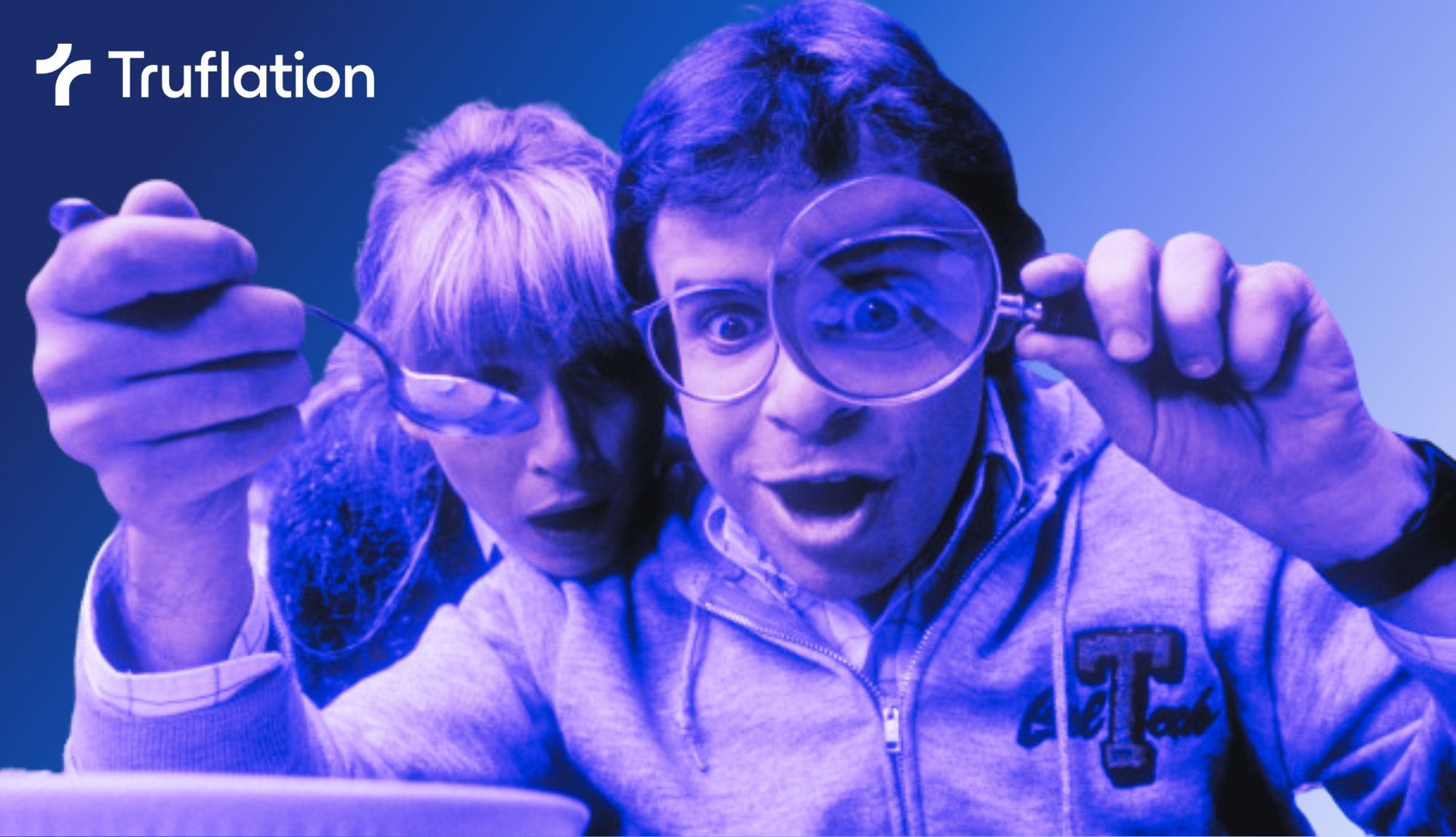
Shrinkflation: Sneaky Strategy in Times of Inflation
Published 19 Mar, 2024
Inflation has long been the silent predator of consumers' wallets, stealthily eroding purchasing power over time. Yet, in the constant tug-of-war between companies' profit margins and consumers' budgets, a subtle tactic has emerged: shrinkflation. This ingenious strategy allows companies to maintain prices seemingly unchanged while reducing the quantity or quality of their products. As inflation rears its head, shrinkflation becomes a go-to maneuver, leaving consumers paying the same, or even more, for less.
The Concept
Shrinkflation operates on a simple premise: maintaining the facade of stable prices while reducing the size or quality of products. It's a cunning compromise that shields companies from the need to overtly hike prices, potentially alienating customers, while still protecting profit margins. This strategy manifests in various forms: from downsizing cereal boxes to slimming chocolate bars or thinning out the layers in toilet paper rolls.
READ $5 Trillion Reasons for Inevitable Migration of TradFi to Blockchain
Companies often justify these alterations by citing rising production costs, whether due to inflationary pressures on raw materials, labor, or transportation. However, what emerges is a subtle erosion of consumer value, where individuals pay the same amount but receive less in return.
Notorious Examples
One of the most notorious examples of shrinkflation comes from the world of chocolate. In 2015, Mondelez International, the company behind Toblerone, reduced the weight of its iconic triangular bars. Instead of widening the gaps between the chocolate peaks, they slimmed down the bars themselves, leading to a considerable reduction in the overall weight. This change was attributed to higher ingredient costs, although consumers were left feeling short-changed.

Similarly, breakfast cereal giant Kellogg's implemented shrinkflation in response to inflationary pressures. They reduced the size of their cereal boxes while maintaining the same price point. This subtle alteration went largely unnoticed by consumers at first glance, yet it had a tangible impact on the amount of product received per purchase.

Another prime example hails from the realm of household goods. In 2021, Procter & Gamble reduced the number of sheets in their Charmin toilet paper rolls. Despite the rolls appearing visually unchanged, the reduction in sheet count meant consumers were getting less value for their money. This move was ostensibly driven by rising production costs, showcasing how shrinkflation can be an appealing strategy for companies facing inflationary headwinds.
Lay's Potato Chips
Potato chip bags have long been criticized for containing more air than actual chips, a phenomenon known as "slack fill." Lay's, one of the largest potato chip brands, has faced scrutiny over the years for the increasing amount of air in their chip bags. While the company maintains that the air serves to protect the chips from breakage, critics argue that it's a deceptive tactic to mask reduced product quantities. Consumers often feel cheated when they open a bag of chips only to find it half-filled with air.
Nestlé Ice Cream
Nestlé, a global food and beverage company, has faced backlash for implementing shrinkflation tactics with their ice cream products. In some instances, consumers have noticed a reduction in the size of their favorite ice cream containers, while the price remains unchanged. This subtle downsizing means consumers are paying the same amount for less ice cream, effectively diminishing the value of their purchase. Despite claims of rising production costs, consumers are left feeling cheated by the diminished quantity of their favorite frozen treat.
Impact on Consumers
The implications of shrinkflation are multifaceted, impacting consumers both economically and psychologically. Economically, it represents a stealth tax on consumers, as they end up paying more for less without explicit price hikes. This can strain household budgets, especially for those on fixed incomes or tight financial constraints.
READ Danielle DiMartino Booth: The US is Already in Recession
Psychologically, shrinkflation can breed feelings of deception and mistrust among consumers. Discovering that a beloved product has subtly diminished in quantity or quality can erode brand loyalty and breed resentment. Moreover, it underscores the asymmetric power dynamic between corporations and consumers, where the former wield the ability to manipulate product offerings without adequate transparency.
Navigating the Shrinkflation Era
As consumers navigate the murky waters of shrinkflation, vigilance becomes paramount. Scrutinizing product labels for any signs of downsizing or quality degradation can empower consumers to make informed purchasing decisions. Additionally, voicing concerns and grievances through social media or consumer advocacy groups can exert pressure on companies to maintain transparency and uphold fair value propositions.
Shrinkflation stands as a testament to the ingenuity of corporate strategies in the face of inflationary pressures. While ostensibly subtle, its effects reverberate across consumer wallets and perceptions. By understanding the mechanisms and examples of shrinkflation, consumers can arm themselves with knowledge to navigate this stealthy phenomenon and advocate for fair value in the marketplace.
Want to be part of the data revolution? Join our Telegram to always be in the loop!
Get Exclusive Insights
with our Weekly Newsletter